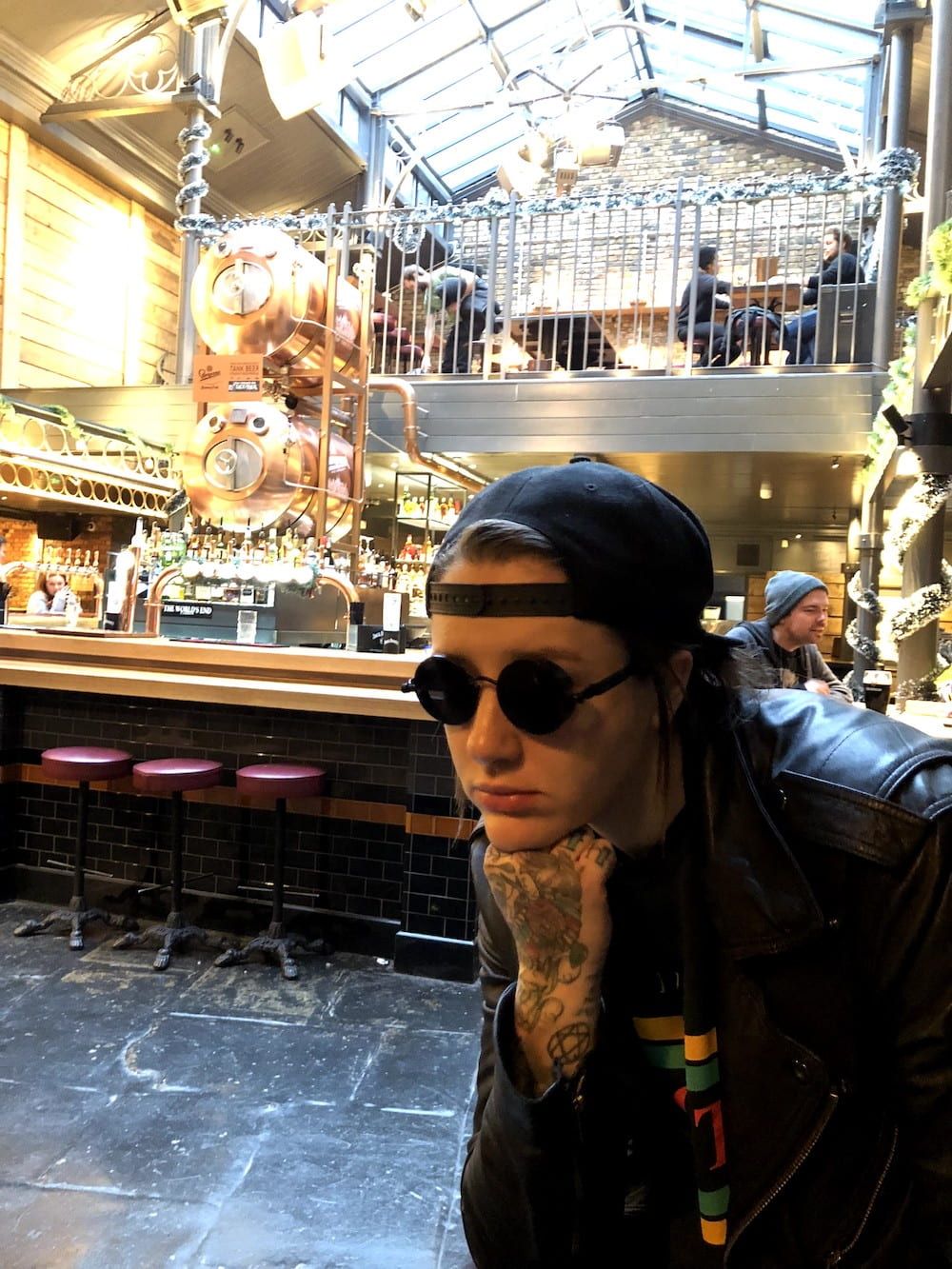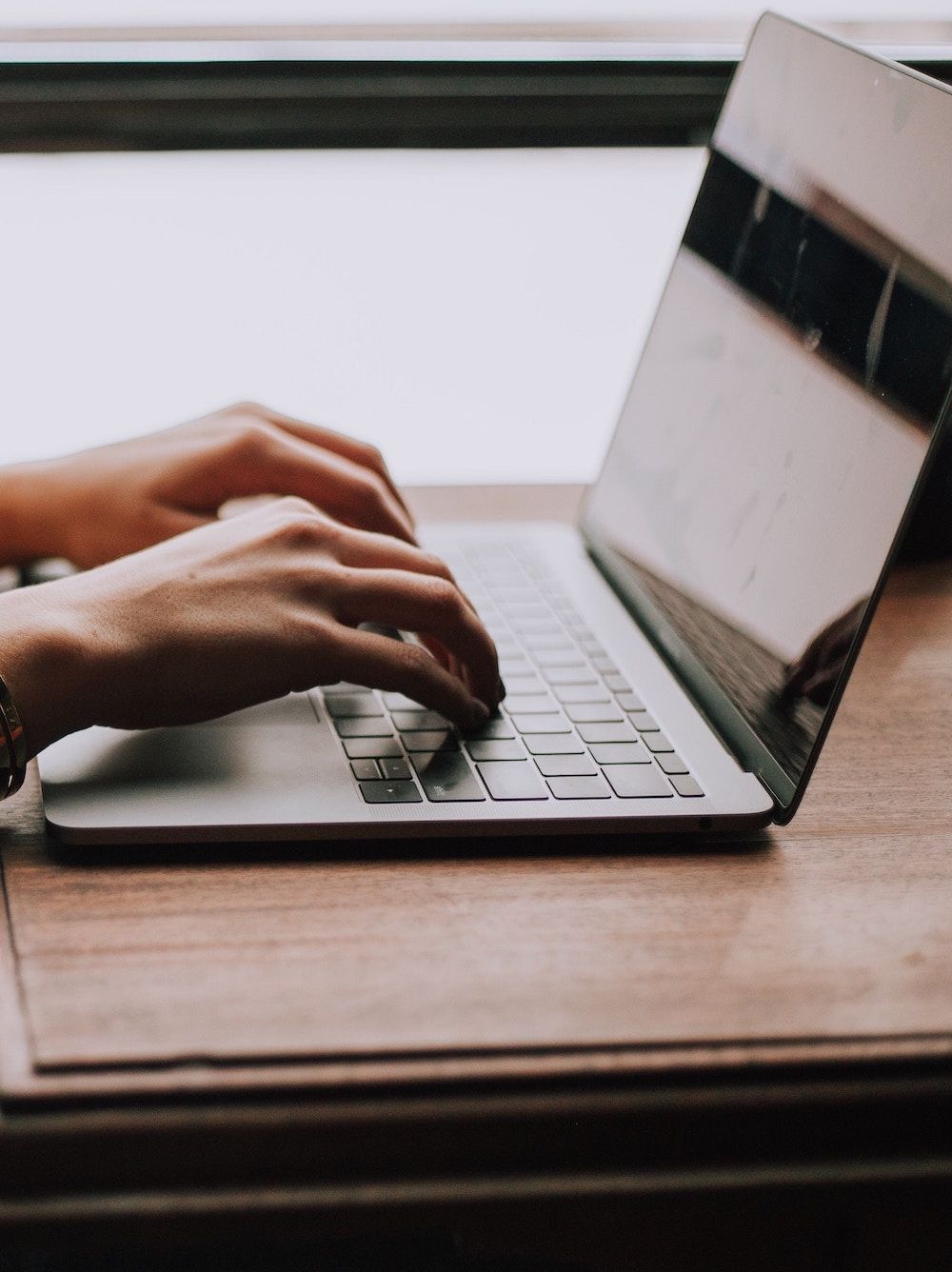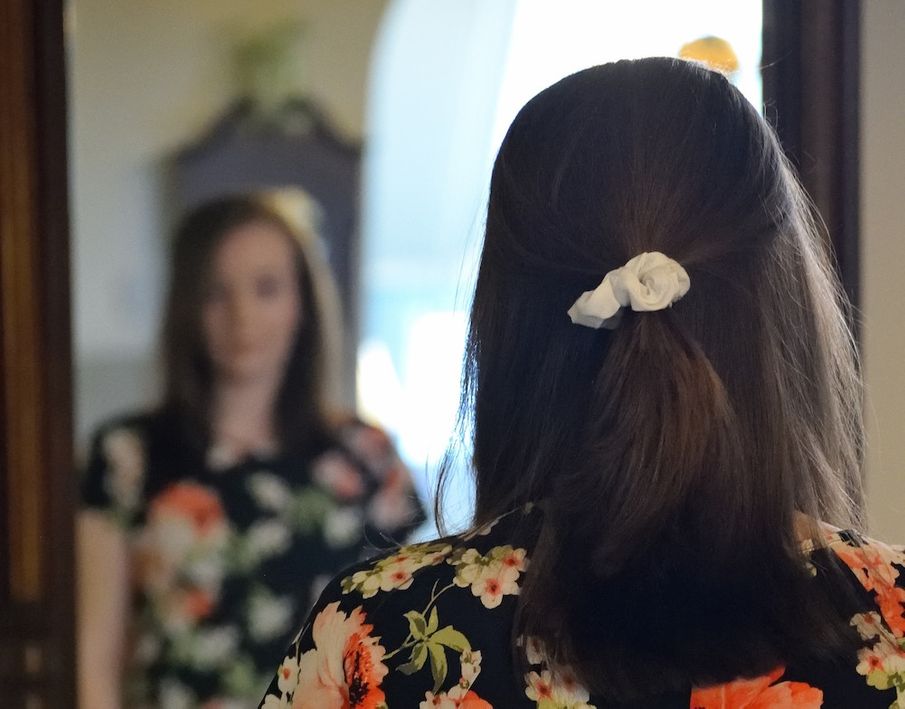Elli Francis was 13 when she first went bra shopping. It was an outing she had been putting off because her developing chest and assigned gender were an uncomfortable reality she wasn’t ready to face. Elli is one of a growing number of people who experience gender dysphoria – a condition where discomfort or distress is experienced because of a mismatch between biological sex and gender identity. Now, 14 years on, Elli is seeking the help that will reconcile her body and mind
Mentally and physically, Elli always felt different from the girls in the playground. As she entered puberty and her chest developed, it became her biggest body phobia. Bra shopping was a traumatic experience, and she did all she could to hide her chest, slouching, wearing baggy clothes, even binding her breasts. They were a physical reminder of how uncomfortable she felt as a woman, a label that felt wrong in so many ways.
How she felt about her body and identity started affecting her relationships, and she avoided physical intimacy.
“Some days I feel more masculine, some days more feminine,” Elli says. “It’s like you’re a boy and a girl. It was confusing because society told me I had to be one or the other. For a while I thought I must be trans, but I don’t want to be a man, or a woman, I just want to be me.”

Elli Francis
Elli went to her GP initially because she had been suffering from mental ill-health. At that point, she hadn’t made the link between gender dysphoria and depression. That conversation with her GP became the catalyst for a journey which had been waiting in the wings since childhood.
Gender identity vs biological sex
According to a 2012 survey of 10,000 people by the Equality and Human Rights Commission, 1% of the population surveyed was gender variant, to some extent. Yet many people are unfamiliar with the differences between gender and sex, and how people might relate to these.
At birth, we are assigned a sex based on the anatomy of our reproductive system – male, female and intersex. Based on this, we are assigned a gender identity, usually male or female.
Our gender identity denotes a number of societal norms and expected behaviours, such as our appearance, language, hobbies, careers – in fact, every facet of our lives. While biological sex and gender identity are the same for a lot of people, this isn’t the case for everyone.
People with gender dysphoria don’t feel they fit these constructs. This was certainly true for Elli, who identifies as non-binary and mainly uses the pronouns she/her, but also he/him and they/them. People who identify as non-binary may think of themselves as both man and woman, neither, moving between genders, or embodying a third gender.
Healthcare & Support
For a while I thought I must be trans, but I don't want to be a man, or a woman, I just want to be me
Elli was one of 2,519 people referred to one of the seven NHS Gender Identity Clinics in England in 2017/18. Referrals can be made by any clinician (GP, psychiatrist, social worker, psychologist, community psychiatric nurse), but the GP has to be aware and in agreement.
After an anxious wait of eight months, Elli attended her first appointment where she had a psychological analysis, and blood tests to assess hormone levels and health. Her next appointment, months later, focused on what treatment Elli wanted.
Elli was asked if she was happy with her physicality, to assess if hormone treatment would be appropriate. “I was nervous that because I’m non-binary rather than transgender, and I didn’t want hormone treatment, that I would be treated differently, and I wouldn’t get the outcome I wanted. After speaking at length, the consultant understood that my chest is my issue, and that I want top surgery, which means having a double mastectomy.”
Some people might see removing both breasts as extreme as it’s normally undertaken if there is a risk of breast cancer, but Elli sees it as necessary to feel happy in her body.
When Elli spoke of her desire to have a double mastectomy, some friends thought she had body dysmorphic disorder (BDD), or body dysmorphia, and perhaps needed counselling instead.

Elli did a lot of research online about how she was feeling. She found that the NHS defines BDD as “a mental health condition where a person spends a lot of time worrying about flaws in their appearance. These flaws are often unnoticeable to others.” This didn’t relate to how she was feeling because her body phobias related to her gender identity. That is the distinction between the very separate medical conditions of body dysmorphia and gender dysphoria.
Elli found accessing YouTube videos by transgender people really helpful. Transgender people want to live and be accepted as a gender that doesn’t match the one assigned at birth, usually accompanied by the wish for treatment to make their physical appearance more consistent with their gender identity.
After learning about transexualism, and talking to one of her friends who had transitioned, Elli realised that actually, she didn’t have to be one or the other, and that top surgery is exactly what she wanted. “I realised there’s a way that I can be confident with my body. I don’t have to transition to a man to have the body that always made sense to me.”
The future
Elli is still a long way from having a body that fits with her gender identity as the process, due to demand and waiting lists, can take years. But the wait is not putting her off. “I was thinking about saving to pay privately for surgery, and tried to make a plan, but it seemed impossible. My mental health took a bad turn and I was signed off work. I’m grateful the NHS is able to help people improve their lives. I’m back at work now and because I know surgery will happen, I can see hope for the future.”
Elli’s experience, and those of people like her, are still under-represented in the media and social consciousness, which can lead to confusion and misconceptions. Elli found a lot of information online, and talking to her GP helped her understand the support available. So far, her journey has been testing but, overall, extremely positive.
“You need tremendous amounts of patience,” says Elli. “If you feel alone, there are plenty of people online, like me, who you can connect with. Talking to people who know what dysphoria feels like makes it that little bit easier.”
For anyone experiencing gender dysphoria, or who would like more information and support, there are a lot of resources:
Visit: gires.org.uk, a charity working to support the trans and gender non-conforming communities, and mermaidsuk.org.uk who support young people, and their families.
Read: 'TRANS: Exploring Gender Identity and Gender Dysphoria' by Dr Az Hakeem (Trigger, £14.99)
Call: The NHS’ gender identity clinic has a website with lots of resources and information at gic.nhs.uk, and you can call them at 0208 938 7590


Comments